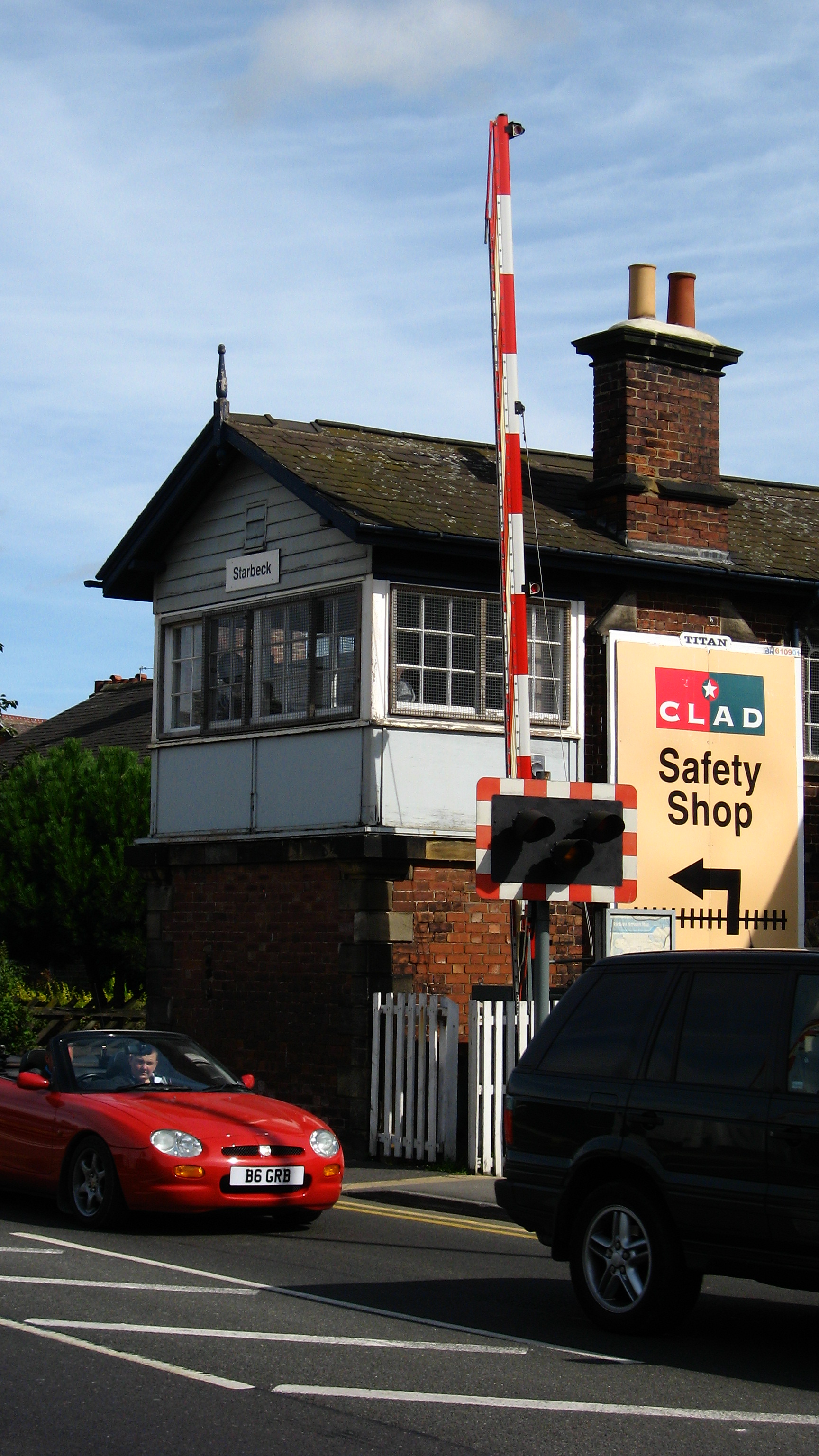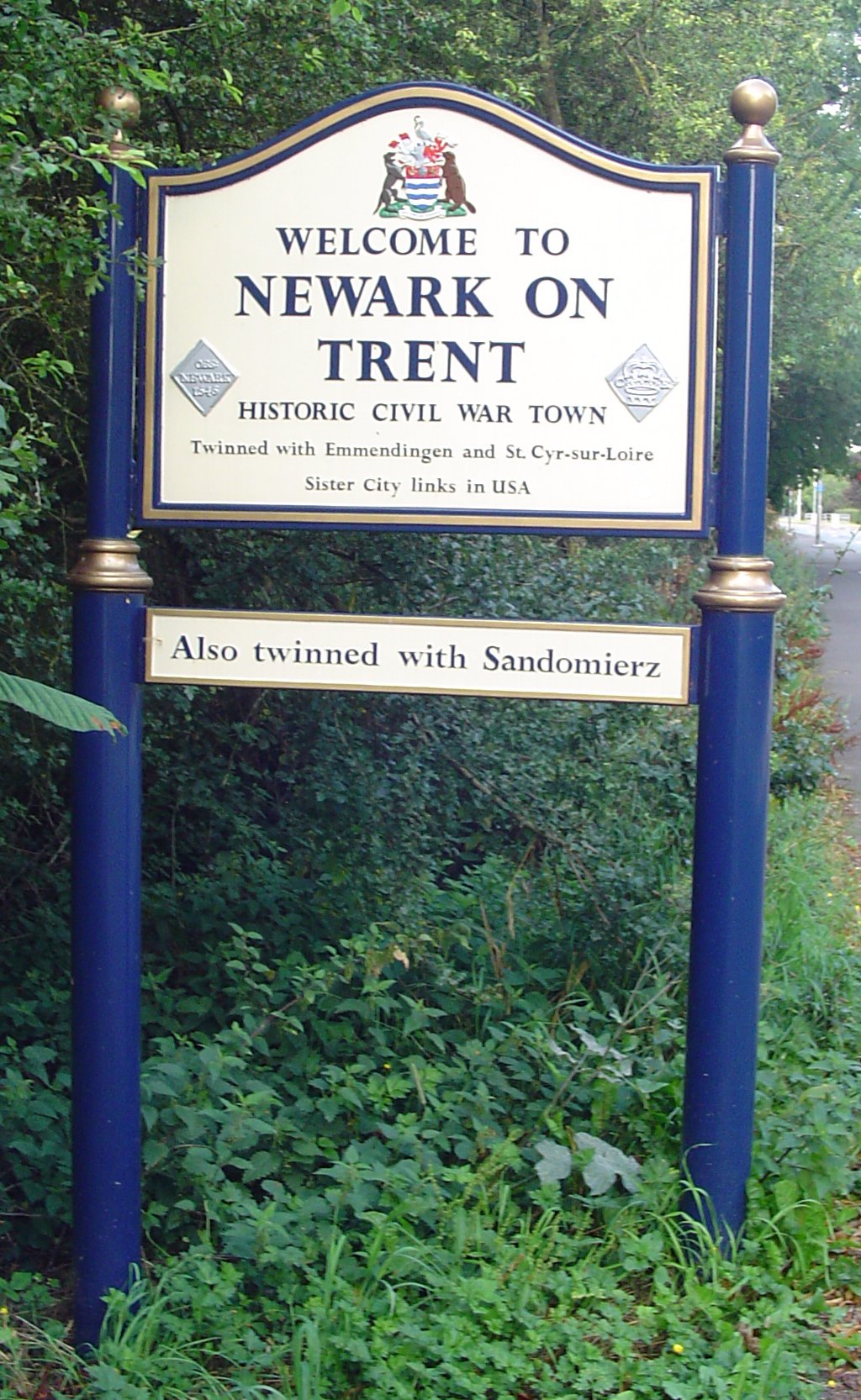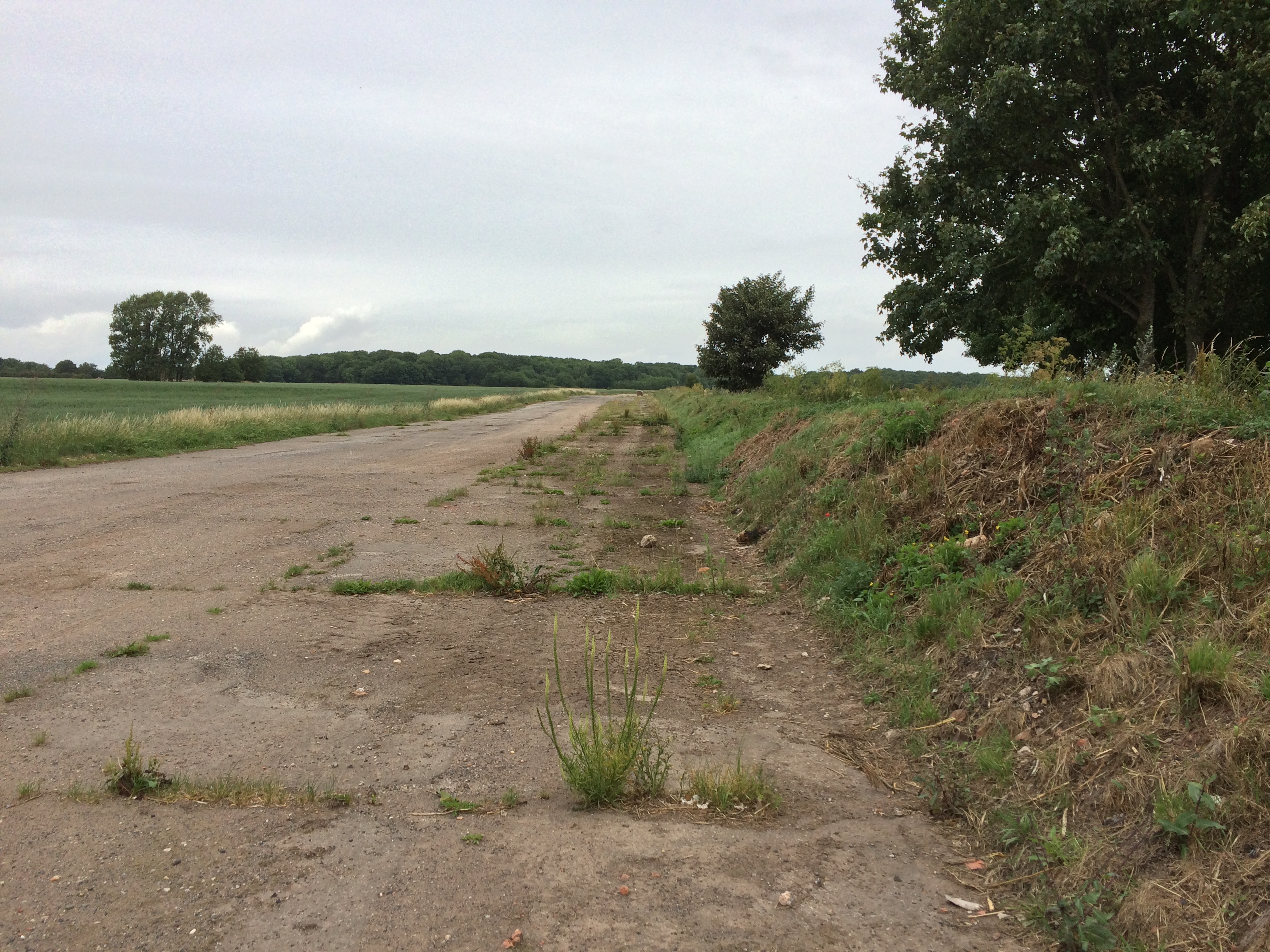|
Harrogate (Stonefall) Commonwealth War Graves Commission Cemetery
Harrogate (Stonefall) Cemetery is a Commonwealth War Graves Commission (CWGC) burial ground for the dead of the First World War and Second World War located on the outskirts of Harrogate in North Yorkshire, England. The cemetery grounds are located next to the main municipal cemetery and crematorium for the district,Commonwealth War Graves Commission'The Work of the Commonwealth War Graves Commission in the United Kingdomleaflet ISA22, p2, published May 2005, accessed 12 January 2008 in Wetherby Road. Foundation This area of Yorkshire had many RAF bases during the Second World War. In particular, No 6 RCAF Bomber Group had headquarters at Allerton Park in nearby Knaresborough.Commonwealth War Graves Commission accessed 12 January 2008 An area of the municipal cemetery was set aside for use as a war cemetery ... [...More Info...] [...Related Items...] OR: [Wikipedia] [Google] [Baidu] |
Commonwealth War Graves Commission
The Commonwealth War Graves Commission (CWGC) is an intergovernmental organisation of six independent member states whose principal function is to mark, record and maintain the graves and places of commemoration of Commonwealth of Nations military service members who died in the two World Wars. The commission is also responsible for commemorating Commonwealth civilians who died as a result of enemy action during the Second World War. The commission was founded by Fabian Ware, Sir Fabian Ware and constituted through Royal Charter in 1917 as the Imperial War Graves Commission. The change to the present name took place in 1960. The commission, as part of its mandate, is responsible for commemorating all Commonwealth war dead individually and equally. To this end, the war dead are commemorated by a name on a headstone, at an identified site of a burial, or on a memorial. War dead are commemorated uniformly and equally, irrespective of military or civil rank, race or creed. The co ... [...More Info...] [...Related Items...] OR: [Wikipedia] [Google] [Baidu] |
Starbeck
Starbeck is an area of Harrogate in North Yorkshire, England. The population of Starbeck Ward taken at the 2011 census was 6,226. It has many facilities, including Starbeck railway station, which serves the Harrogate Line. Frequent services depart to Harrogate, Leeds and York. History Starbeck reputedly takes its name from the 'Star Beck' (Old Norse ''stǫrr bekkr'' "sedge brook"), which flows into the Crimple Beck, a tributary of the Nidd. Starbeck was originally a hamlet in the township of Bilton with Harrogate in the ancient parish of Knaresborough. The township was part of the ancient Royal Forest of Knaresborough, which is situated to the south of the River Nidd. In 1896 Starbeck became a separate civil parish, but in 1938 the civil parish was abolished and Starbeck was absorbed into the Municipal Borough of Harrogate. In 1811, the Harrogate Workhouse was built in Starbeck. In 1858 the workhouse was closed because of the opening of the Knaresborough Workhouse. The ra ... [...More Info...] [...Related Items...] OR: [Wikipedia] [Google] [Baidu] |
Commonwealth War Graves Commission Cemeteries In England
A commonwealth is a traditional English term for a political community founded for the common good. Historically, it has been synonymous with "republic". The noun "commonwealth", meaning "public welfare, general good or advantage", dates from the 15th century. Originally a phrase (the common-wealth or the common wealth – echoed in the modern synonym "public wealth"), it comes from the old meaning of "wealth", which is "well-being", and is itself a loose translation of the Latin res publica (republic). The term literally meant "common well-being". In the 17th century, the definition of "commonwealth" expanded from its original sense of "public welfare" or "commonweal" to mean "a state in which the supreme power is vested in the people; a republic or democratic state". The term evolved to become a title to a number of political entities. Three countries – Australia, the Bahamas, and Dominica – have the official title "Commonwealth", as do four U.S. states and two U.S. territo ... [...More Info...] [...Related Items...] OR: [Wikipedia] [Google] [Baidu] |
CWGC
The Commonwealth War Graves Commission (CWGC) is an intergovernmental organisation of six independent member states whose principal function is to mark, record and maintain the graves and places of commemoration of Commonwealth of Nations military service members who died in the two World Wars. The commission is also responsible for commemorating Commonwealth civilians who died as a result of enemy action during the Second World War. The commission was founded by Sir Fabian Ware and constituted through Royal Charter in 1917 as the Imperial War Graves Commission. The change to the present name took place in 1960. The commission, as part of its mandate, is responsible for commemorating all Commonwealth war dead individually and equally. To this end, the war dead are commemorated by a name on a headstone, at an identified site of a burial, or on a memorial. War dead are commemorated uniformly and equally, irrespective of military or civil rank, race or creed. The commission is ... [...More Info...] [...Related Items...] OR: [Wikipedia] [Google] [Baidu] |
Newark-on-Trent
Newark-on-Trent or Newark () is a market town and civil parish in the Newark and Sherwood district in Nottinghamshire, England. It is on the River Trent, and was historically a major inland port. The A1 road (Great Britain), A1 road bypasses the town on the line of the ancient Great North Road (Great Britain), Great North Road. The town's origins are likely to be Roman Britain, Roman, as it lies on a major Roman road, the Fosse Way. It grew up round Newark Castle, Nottinghamshire, Newark Castle and as a centre for the wool and cloth trades. In the English Civil War, it was besieged by Roundheads, Parliamentary forces and Relief of Newark, relieved by Cavaliers, Royalist forces under Prince Rupert. Newark has a market place lined with many historical buildings and one of its most notable landmark is Church of St Mary Magdalene, Newark-on-Trent, St Mary Magdalene church with its towering spire at high and the highest structure in the town. The church is the tallest church in Nott ... [...More Info...] [...Related Items...] OR: [Wikipedia] [Google] [Baidu] |
RAF Ossington
Royal Air Force Ossington or more simply RAF Ossington is a former Royal Air Force Royal Air Force station, station located near the village of Ossington, Nottinghamshire, England. History Construction of the airfield began in 1941, with the aim of completion by 1942. It was constructed as standard A-shaped bomber airfield with 3 hard runways, the longest of the 3 being just over 1.5 km long. After completion, the airfield was put under No. 5 Group RAF, Number 5 Group, RAF Bomber Command. In January 1942, the airfield became an RAF Flying Training Command station flying Airspeed Oxfords. May 1942 saw the Number 14 AFU move to Banff, Aberdeenshire, Banff, Scotland. After this period, the airfield returned to the control of RAF Bomber Command, Bomber Command, Number 93 Group and became a satellite station of RAF Gamston. On 1 June 1943 No. 82 OTU formed using Vickers Wellingtons as was standard at the time, along with 5 Miles Martinets as target tugs for gunner training. On ... [...More Info...] [...Related Items...] OR: [Wikipedia] [Google] [Baidu] |
Oakworth
Oakworth is a village in West Yorkshire, England, near Keighley, by the River Worth. The name "Oakworth" indicates that the village was first established in a heavily wooded area. Oakworth railway station is on the route of the Keighley and Worth Valley Railway and was a location in the film ''The Railway Children''. History On folio 301v of the Domesday Book of 1086, Oakworth is called "Acurde" which translated into an Oak clearing. It was taxed on c120 acres (c50 hectares) of arable ploughland shared by the Vikings Vilts and Gamel Bern. Vilts also owned Newsholme and Utley; and Gamel Bern was of the family of noblemen that held the most land in Northern England. However, later, on folio 327r, the Domesday Book states of Oakworth lands that "Gamal Bern had them; Gilbert Tison has them" for in the Harrying of the North all lands were taken from Anglo-Scandinavians and given to Norman Lords. Landmarks Holden Park in Oakworth occupies the grounds of an historic house ow ... [...More Info...] [...Related Items...] OR: [Wikipedia] [Google] [Baidu] |
Bishop Monkton
Bishop Monkton is a village and civil parish in the Harrogate district of North Yorkshire, England, about five miles south of Ripon. According to the 2001 census it had a population of 775, increasing slightly to 778 at the 2011 Census. In 2015, North Yorkshire County Council estimated the population to be 760. Main features of the village include a beck which runs through the centre of the village, two churches (St John the Baptist of Eand a Methodist church), a newly built village hall and playing fields, a primary school, two pubs and two caravan sites. It is within easy reach of Ripon and Harrogate (via the A61). Leeds and York are both less than an hour's drive. Littlethorpe and Burton Leonard are the nearest villages. History The settlement is mentioned in the Domesday Book as belonging to the then Archbishop of York. The name ''Monucheton'' predates the survey (listed in 1030) as the ''Town of the monks''. It is thought that 13th century, the archbishop resided ... [...More Info...] [...Related Items...] OR: [Wikipedia] [Google] [Baidu] |
Handley Page Halifax
The Handley Page Halifax is a British Royal Air Force (RAF) four-engined heavy bomber of the Second World War. It was developed by Handley Page to the same specification as the contemporary twin-engine Avro Manchester. The Halifax has its origins in the twin-engine ''HP56'' proposal of the late 1930s, produced in response to the British Air Ministry's Specification P.13/36 for a capable medium bomber for "world-wide use." The HP56 was ordered as a backup to the Avro 679, both aircraft being designed to use the underperforming Rolls-Royce Vulture engine. The Handley Page design was altered at the Ministry to a four-engine arrangement powered by the Rolls-Royce Merlin engine; the rival Avro 679 was produced as the twin-engine Avro Manchester which, while regarded as unsuccessful mainly due to the Vulture engine, was a direct predecessor of the famed Avro Lancaster. Both the Lancaster and the Halifax emerged as capable four-engined strategic bombers, thousands of which were bu ... [...More Info...] [...Related Items...] OR: [Wikipedia] [Google] [Baidu] |
United States
The United States of America (U.S.A. or USA), commonly known as the United States (U.S. or US) or America, is a country primarily located in North America. It consists of 50 states, a federal district, five major unincorporated territories, nine Minor Outlying Islands, and 326 Indian reservations. The United States is also in free association with three Pacific Island sovereign states: the Federated States of Micronesia, the Marshall Islands, and the Republic of Palau. It is the world's third-largest country by both land and total area. It shares land borders with Canada to its north and with Mexico to its south and has maritime borders with the Bahamas, Cuba, Russia, and other nations. With a population of over 333 million, it is the most populous country in the Americas and the third most populous in the world. The national capital of the United States is Washington, D.C. and its most populous city and principal financial center is New York City. Paleo-Americ ... [...More Info...] [...Related Items...] OR: [Wikipedia] [Google] [Baidu] |
Helmsley
Helmsley is a market town and civil parish in the Ryedale district of North Yorkshire, England. Historically part of the North Riding of Yorkshire, the town is located at the point where Ryedale leaves the moorland and joins the flat Vale of Pickering. Helmsley is situated on the River Rye on the A170 road, east of Thirsk, west of Pickering and some due north of York. The southern boundary of the North York Moors National Park passes through Helmsley along the A170 road so that the western part of the town is within the National Park. The settlement grew around its position at a road junction and river crossing point. Helmsley is a compact town, retaining its medieval layout around its market place with more recent development to the north and south of its main thoroughfare, Bondgate. It is a historic town of considerable architectural character whose centre has been designated as a conservation area. The town is associated with the Earls of Feversham, whose ancestral hom ... [...More Info...] [...Related Items...] OR: [Wikipedia] [Google] [Baidu] |
Avro Lancaster
The Avro Lancaster is a British Second World War heavy bomber. It was designed and manufactured by Avro as a contemporary of the Handley Page Halifax, both bombers having been developed to the same specification, as well as the Short Stirling, all three aircraft being four-engined heavy bombers adopted by the Royal Air Force (RAF) during the same wartime era. The Lancaster has its origins in the twin-engine Avro Manchester which had been developed during the late 1930s in response to the Air Ministry Specification P.13/36 for a medium bomber for "world-wide use" which could carry a torpedo internally, and make shallow dive-bombing attacks. Originally developed as an evolution of the Manchester (which had proved troublesome in service and was retired in 1942), the Lancaster was designed by Roy Chadwick and powered by four Rolls-Royce Merlins and in one of the versions, Bristol Hercules engines. It first saw service with RAF Bomber Command in 1942 and as the strategic bom ... [...More Info...] [...Related Items...] OR: [Wikipedia] [Google] [Baidu] |







